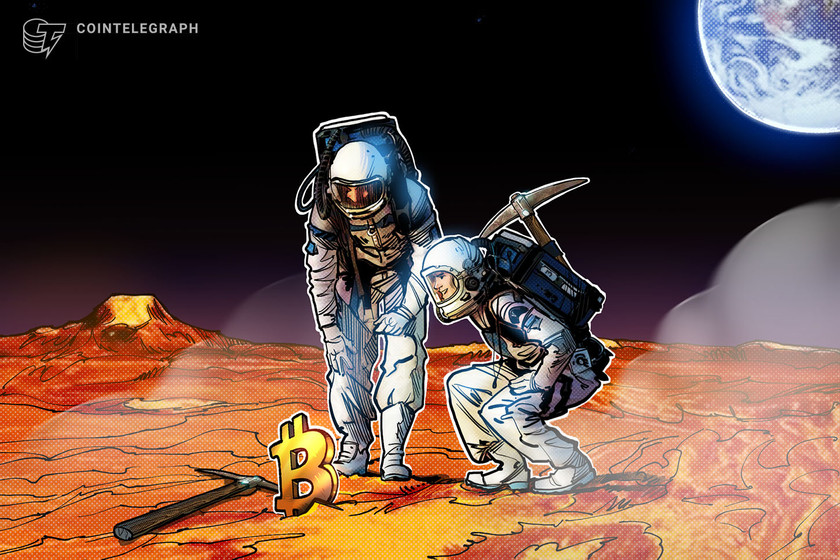
Roscosmos is the first organization to test Waves Enterprise’s IP Guard solution.
Russia's space agency, Roscosmos, aims to fight intellectual property infringement in the space industry wit blockchain technology.
Roscosmos started testing an IP protection solution based on the Waves Enterprise blockchain platform, a hybrid blockchain platform developed by the eponymous local blockchain firm. Dubbed IP Guard, the blockchain-based tool detects violations of IP belonging to Roscosmos and other industry organizations.
Using the tool, Roscosmos can reportedly maintain and verify a database of IP data objects as well as coordinate IP experts such as lawyers, patent specialists and auditors.
Waves Enterprise chief commercial officer Igor Kuzmichev said, “The most notable properties of blockchain are data immutability and the possibility of verification. Centralized registries can not provide these properties.”
The solution also enables Roscosmos to provide non-monetary rewards for detecting IP infringement cases through smart contracts. As part of the platform’s remuneration program, network participants will receive “cosmotokens” that can be later exchanged for merchandise from the agency as well as other space industry organizations, Kuzmichev said.
The new tool is now in beta testing, with Roscosmos being the first organization to test the service. IP Guard is expected to fully launch in summer 2021.
Waves has been involved in many blockchain-related developments in Russia, including major state-backed initiatives. Last year, the firm provided its blockchain expertise to power a blockchain platform for Russian parliamentary elections.
A member of the unified register of Russian software for computers and databases, Waves also provided its tech to national energy grid operators. Major Russian bank Alfa-Bank also implemented Waves Enterprise blockchain platform for freelancer-focused service automation in late 2020.



